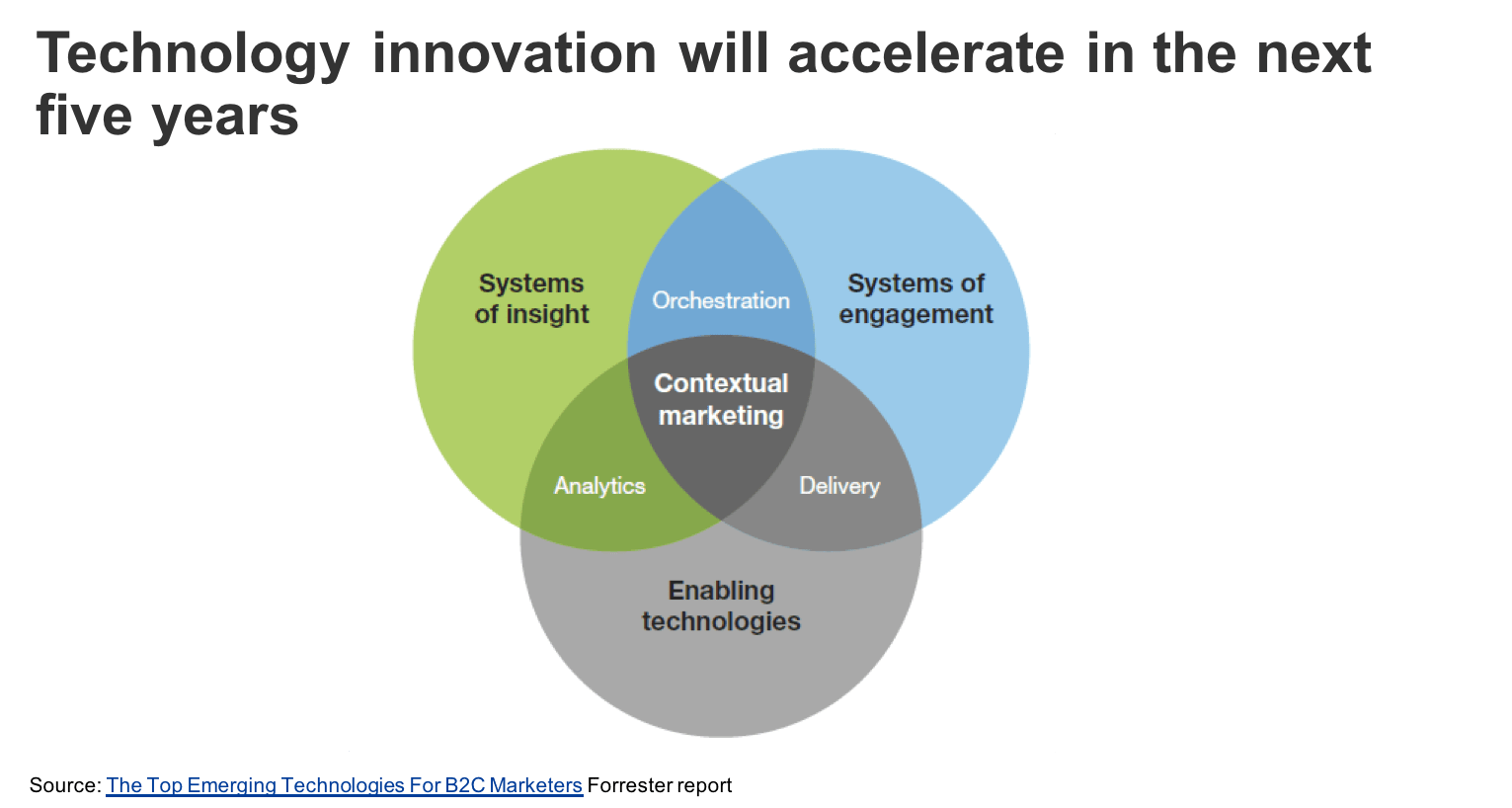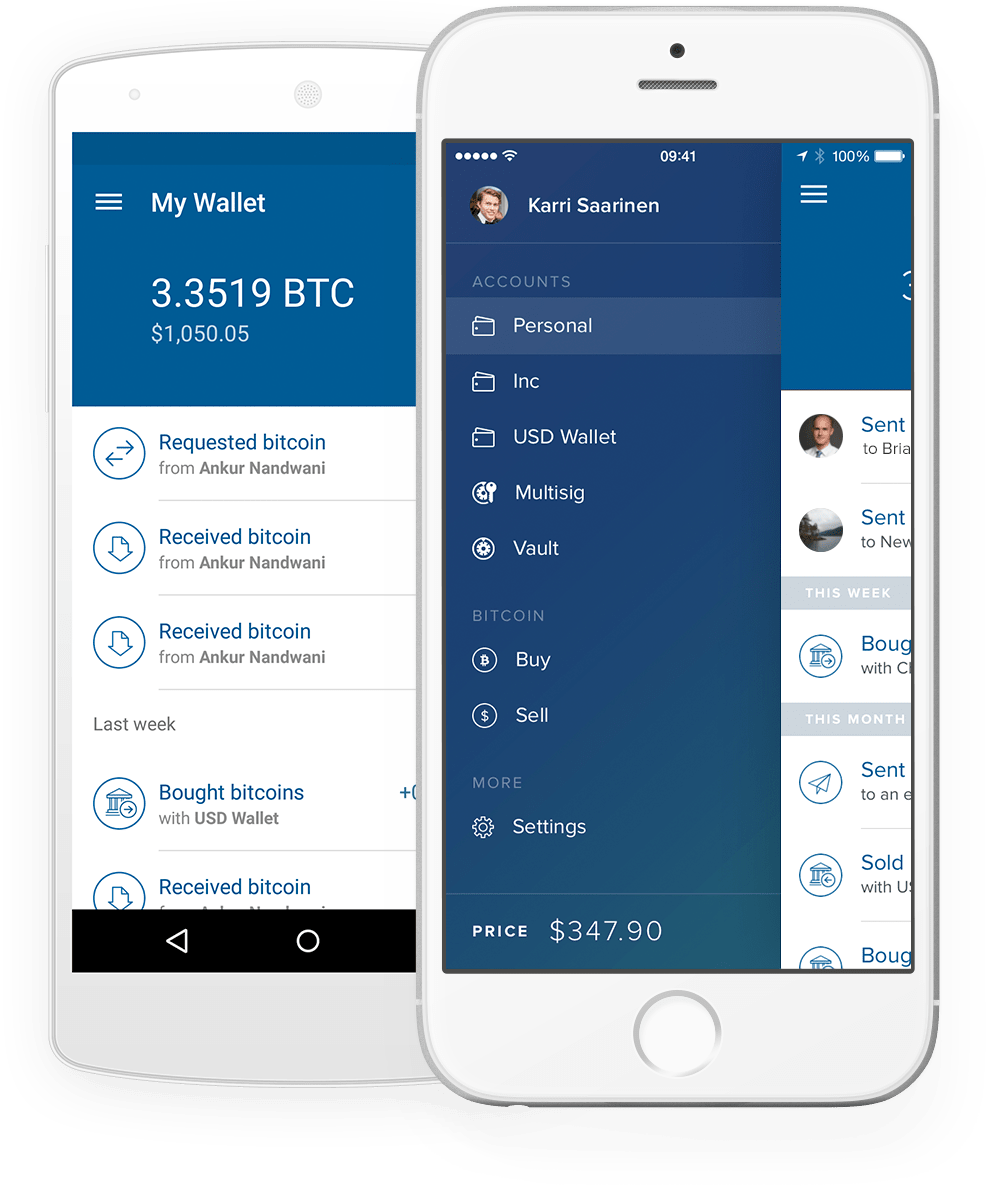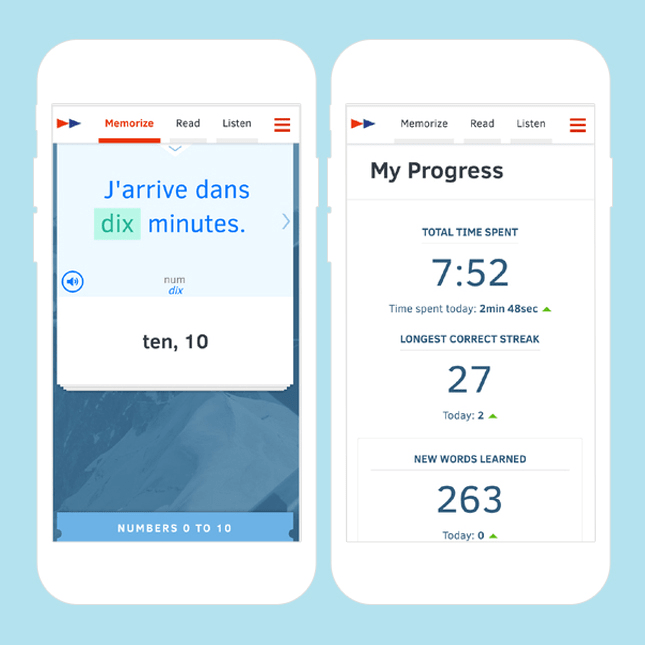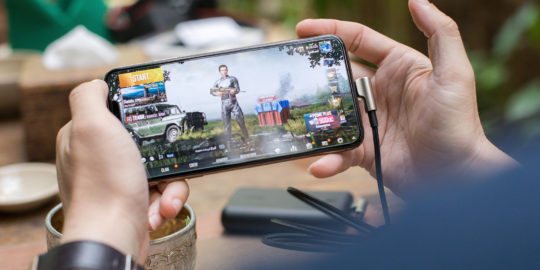What is customer engagement and why should it matter to you?
Mobile customer engagement is a vitally important part of any good marketing strategy. It matters now, more than ever, because competition is fierce and top brands are going above and beyond in their efforts to engage with customers and get their products noticed.
Put simply, customer engagement refers to the connection that companies make with those who buy their products. World-leading brands put huge amounts of effort into nurturing their relationships with customers, ensuring that the experience they offer helps these relationships to grow in a meaningful way. And there’s a simple reason for this. Highly engaged customers are vital to the success of a business.
For a brand to attract new customers and retain its existing ones, it needs to focus on customer engagement. There’s no other way to do it.
Engaging with customers helps a brand cement its strong reputation as the go to company for a particular product. It also enables companies to persuade customers to spread the word about products. Brands then benefit from the resultant, highly profitable, word of mouth, which in turn paves the way for further growth.
There are many ways in which brands can choose to improve customer engagement, and there’s no one size fits all way to do it. Different industries and sectors will benefit from particular engagement strategies in a range of ways.
How does mobile customer engagement work?
Typical strategies focused on customer engagement range from loyal programmes which reward customers for returning to a brand, to highly informative and entertaining social media campaigns that make followers feel like part of the family. Other ideas include promotions and offers for customers who refer friends, a tactic which has been taken up by companies in all kinds of different industries, all over the world.
Mobile customer engagement might feel like a vague concept initially, but many engagement metrics are easily trackable. Brands looking to make significant improvements in engagement should be measuring a select group of metrics, and checking in on these regularly to find out exactly how their engagement strategies are playing out.
Important engagement metrics include purchase frequency, which will give a good idea of how well a brand is retaining customers, and how often they’re coming back for more. The average order value of each customer’s basket is another good figure to track when looking into engagement, as over time this number will give a clear picture of how much repeat customers are spending and how this compares to the spending of new customers. Usually, brands will find that repeat customers spend considerably more than those who are completely new to the company.
The repeat purchase rate is a clear indicator of how well customer retention strategies are faring, and it’s something that’s well worth tracking along with other engagement-related metrics. This figure gives an organisation a good idea of how successful their retention efforts are, and how this success level has changed over time with the introduction of new ideas such as loyalty and referral schemes.
Research published by American analytics consultancy Gallup found that “customers who are fully engaged represent a 23% premium in terms of share of wallet, profitability, revenue, and relationship growth over the average customer.” Engaged customers are vital to brands hoping to compete in today’s fiercely competitive climate, because these are the customers who will return to a brand over and over again.
If a customer is fully engaged with a brand, they’ll remain loyal and they’ll help spread the word. Brands will also be able to market to them for a fraction of the cost of a completely new customer. And that, in a nutshell, is why customer engagement matters. Now let’s see what our panelist had to say.
Mobile Movers and Shakers: The talk of the event
We recently gathered leading brands for a night of networking and thought leadership at our first Mobile Movers & Shakers event in London, co-hosted with our partner, Plot Projects. At the event, each brand shared riveting insights from a variety of perspectives. Here’s a snippet of what was discussed.
Mobile First Is Not Enough
To kick off the evening, Thomas discussed how a simple “mobile first” mindset is no longer enough. To stay ahead, brands instead need to consider mobile as the foundation for the future. As he describes it, “Mobile is like electricity. It will power a new wave of innovation.”
Successful brands will embody these three mobile learnings.
1. Stop thinking of mobile as a channel, but instead as a catalyst for business transformation.
2. Prepare for conversational marketing whether on apps, web, chatbots, voice-based assistants, or new messaging platforms.
3. Automate moments at scale to use mobile as a hub to upsell and cross-sell services.
Thomas expects to see these innovations accelerate in the next five years. For companies to succeed in mobile, it will come down to mastering orchestration of insights and engagement, coupled with contextual marketing.

Artificial intelligence (AI) will play a critical role in helping brands scale and move toward more advanced marketing automation. Specifically, Thomas believes voice commerce and visual search will be the new interfaces for engaging with users. Brands who have already shown promise in these areas include Amazon, Alibaba, Starbucks, and Disney.
Thomas emphasized that it’s important for brands to rethink the customer journey through the lens of mobile to identify relevant moments. These moments can then be used to automate engagement. For example, if a user orders paper towels every three weeks, an app can send a reminder email or push every two and a half weeks reminding the user to reorder.
According to Thomas, not many brands are there yet, but this is what they should think about over the long-term.
The Future of Mobile Customer Engagement
Following the presentation, I had the opportunity to sit down with Ed Turner, Digital Marketing Manager at Lingvist; Joseph-Daniel Milwood, European Marketing Lead at Coinbase; Lassi Nummi, Head of Growth Marketing at Hatch Entertainment; and Mark Andres, Head of In-Store at Vouchercloud. Each speaker represented a different app vertical, making the variety of strategies and learnings quite interesting.
When asked what the future of mobile customer engagement looks like, there were — no surprise — differing opinions. For Lassi at Hatch — a cloud gaming app — it comes down to identifying its most engaged users and optimizing the experience to get others to repeat those patterns to become loyal users.
However, for Vouchercloud — a mobile voucher app based in the UK — it’s still working to be more data-driven. Vouchercloud wants to use those insights to drive better communication with its users to ultimately convert them to using a coupon through the app.
Ed at Lingvist — a language learning app — thinks that brands need to get more creative to cut through the noise. As he explained, “Digital language learning is a competitive space. Having a data-driven approach is table stakes.” Taking an original, high-quality approach that’s unique and people will respect is what will create longer-lasting engagement.
Coinbase — an online platform for buying, selling, transferring, and storing digital currency — has an entirely different approach. According to J-D, “In 2017, 31 percent of the global population didn’t have access to financial services. However, 66 percent of that same population had a smartphone.” This translates to a low bank penetration and high mobile penetration in many countries around the world. Coinbase sees mobile as a vehicle to give these adults a way to take power over their lives, educate themselves, and gain access to more financial resources.

Timing Is Everything for Mobile Customer Engagement
Timing was a common theme throughout the evening. Identifying the best times to communicate with mobile users and what to say in those moments is crucial to creating long-term value.
Hatch specifically wants to understand when its users want to play games. There are so many other entertainment options on mobile, Lassi and his team are working to determine the best times to trigger users to play. The most engaging moment his team identified is when a player’s friend surpasses them on the leaderboard. That trigger is almost sure to encourage them to play again.
At Vouchercloud, Mark focuses on making sure to deliver the right message at the right time. Working with retail brands, this communication is often most effective when using location-based marketing, especially geofencing. For example, Vouchercloud sends a coupon to a store as a user passes by it.
Ed and his team at Lingvist, a language learning app, identified natural moments of virality in the app, or as they call them, “growth loops”. For example, they found that a user gets the most value out of the product once they’ve completed a few the flashcards and repeat the learning. This signifies they’ve reached a point where the learning is embedded or what they call a “repeat stack”.
Each repeat stack is a major moment for users, as they start to retain more of a language and gain value from the app. Lingvist then segments by a variety of factors related to repeat stacks, including if they’ve cleared a repeat stack and how often they clear repeat stacks. Interestingly, if a user clears a repeat stack in the first two days, it’s a strong indication that the person is a good match for the app. As a result, users are separated into different tracks of communication and frequency such as push notifications, email, and in-app messages.

Similarly, Coinbase segments users by how much they use the app. J-D and team have found that less communication is better with their power users. These users already display the desired behaviors in the app, so Coinbase tends to leave them alone and reduce the frequency of its communication, limiting it to only operational messages.
As a result, Coinbase’s minimalist communication approach increased revenue by seven percent. It goes to show that sometimes less is more.
Although there were a variety of perspectives at the event, it’s clear that having timely and contextual communication is key to creating meaningful mobile customer engagement with app users.
I’ll raise my Pimms cup to that.
—
Leanplum is a mobile engagement platform that helps forward-looking brands like Grab, Tinder, and Tesco meet the real-time needs of their customers. Schedule your personalized demo here.





